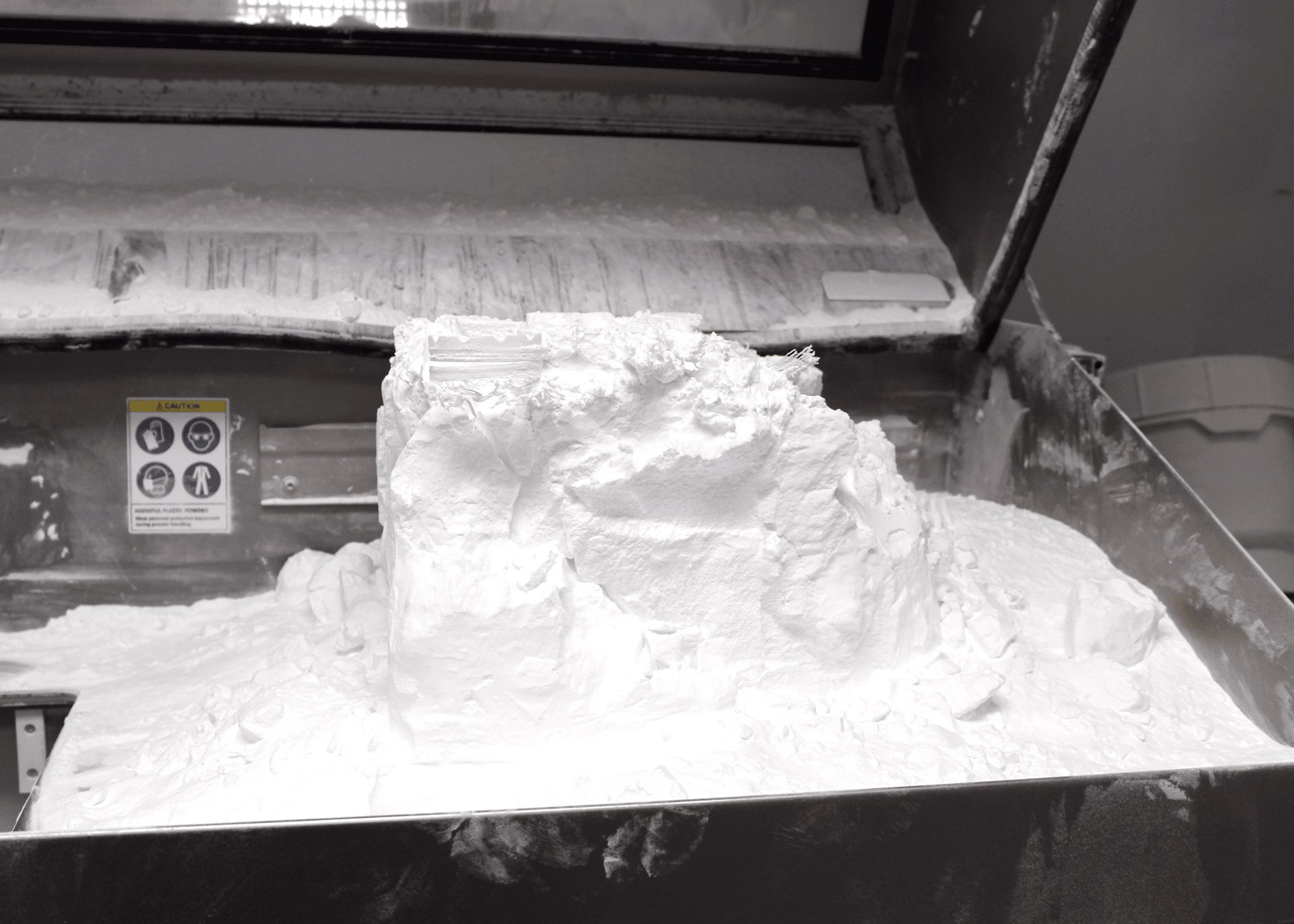Many people think of 3D printing as something done only in plastic. The truth is that 3D printing is an incredibly versatile additive manufacturing method. All sorts of materials can be used to 3D print, with unique properties that make them perfect for some kinds of projects over others.
This diversity of material makes 3D printing services an excellent choice for a wide range of designs. 3D printing additive manufacturing allows for you to create a design in the way you need from the best material possible. No need to choose between the two!
Common 3D Printing Materials
These common materials are found in the form of filament when not being printed, looking a lot like plastic wire wrapped around a spool. When loaded in a printer, they’re then extruded, heated up, and used to print an object layer by layer.
- Acrylonitrile Butadiene Styrene (ABS) Filament- ABS is a strong material that sees a lot of use. It’s very durable, resilient, and has high heat resistance, which makes it a bit harder to print but is useful for many functions. ABS is also mildly flexible.
- Nylon 3D Printing Filament– Nylon is one of the strongest, most durable materials commonly used in 3D printing. It is flexible when thin, but the layers also stick together well. It has a very high melting temperature compared to many other options and not all 3D printers can print nylon.
- Polyethylene Terephthalate (PET) Filament- This is the same plastic used for most plastic water bottles. It’s very versatile and anything printed with PET is recyclable.
- Poly Lactic Acid (PLA) Filament- Derived from biomaterials like corn, PLA is biodegradable. It is very easy to print. It is also sometimes combined with wood fiber to 3D print objects with properties similar to wood, including look and feel.
- Thermoplastic Urethane (TPU) Filaments– TPU is a softer and flexible material that prints products with rubber-like qualities.
3D Printing Nylon vs. ABS
If you are looking to print durable products, your best bets for 3D printing service materials are likely nylon or ABS.
Both are highly impact-resistant, though nylon 3D printing filament is quite a bit more so than ABS. It is, however, less stiff and strong in terms of the ability to support the weight. ABS is less resistant to chemicals than nylon, but nylon’s comparative lack of stiffness or strength can be a big problem when it comes to practical use under stress. Both nylon and ABS need to be heated at high temperatures to be printed; the nylon printing temperature is higher than the ABS printing temperature at 240 degrees Celsius.
You can also find nylon fiber mixtures that attempt to alleviate some of the issues with nylon’s strength. They tend to be more expensive and can be harder to print but may have properties you need in your finished product.
At JawsTec, we offer 3D printing services in the most common 3D printing materials and then some. Our team is passionate about additive manufacturing and 3D printing. We take pride in our work and would be happy to help you take a design from concept to computer model to printed product to finishing. Contact us today to get a 3D Printing Quote for your next project!

0 Comments